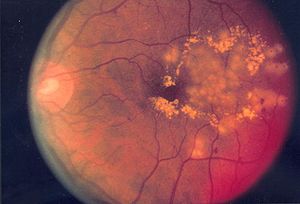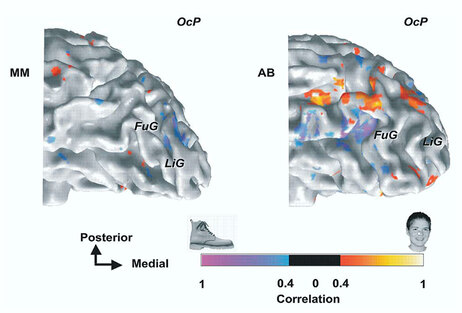 Image via WikipediaScientists at the University of Leicester, funded by Hope Against Cancer, a Leciestershire based charity are pioneering the use of a common curry cooking ingredient to target cancer cells.
Image via WikipediaScientists at the University of Leicester, funded by Hope Against Cancer, a Leciestershire based charity are pioneering the use of a common curry cooking ingredient to target cancer cells.Dr Karen Brown, a Reader at the University, is the principal investigator of this new research, which is also being led by Dr Lynne Howells, of the Chemoprevention and Biomarkers Group at the University.
The aim is use tissue from the colorectal tumours to effectively target chemo-resistant cells using curcumin, an extract of the commonly used root turmeric.
They will test their hypothesis using tissue from tumours extracted from patients undergoing surgery. Previous laboratory research has shown that curcumin, has not only improved the effectiveness of chemotherapy but has also reduced the number of chemo-resistant cells which has implications in preventing the disease returning.
ABOUT COLORECTAL CANCER
- Accounts for over 600,000 deaths a year
- The third leading cause of cancer deaths in the western world
- The risk of developing colorectal cancer increases with age
- Studies show that a diet high in red meat and low in fresh fruit, vegetables, poultry and fish increases the risk of colorectal cancer
- Part of the ginger family
- Native to south Asia
- Orange/yellow powder is a spice for curries
- Curcumin has an earthy, peppery flavour
- It has been used for medicinal purposes for centuries
- Its potential use in Alzheimer's, arthritis and other disorders is also being investigated around the world
 12:23 PM
12:23 PM
 Keshav Bhat
Keshav Bhat
























